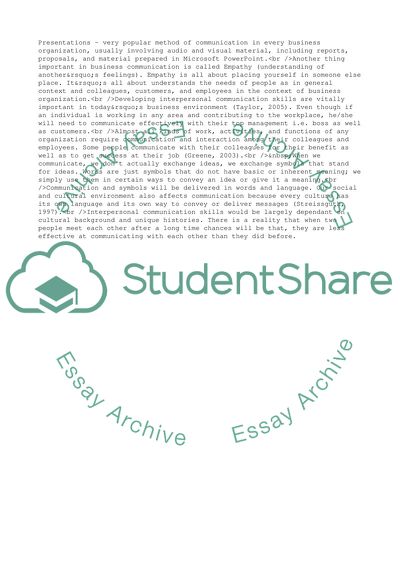Cite this document
(Business Communication and Practice within the Early Years Environment Research Paper - 2, n.d.)
Business Communication and Practice within the Early Years Environment Research Paper - 2. https://studentshare.org/business/1723882-communication-and-practice-within-the-early-years-environment
Business Communication and Practice within the Early Years Environment Research Paper - 2. https://studentshare.org/business/1723882-communication-and-practice-within-the-early-years-environment
(Business Communication and Practice Within the Early Years Environment Research Paper - 2)
Business Communication and Practice Within the Early Years Environment Research Paper - 2. https://studentshare.org/business/1723882-communication-and-practice-within-the-early-years-environment.
Business Communication and Practice Within the Early Years Environment Research Paper - 2. https://studentshare.org/business/1723882-communication-and-practice-within-the-early-years-environment.
“Business Communication and Practice Within the Early Years Environment Research Paper - 2”. https://studentshare.org/business/1723882-communication-and-practice-within-the-early-years-environment.


